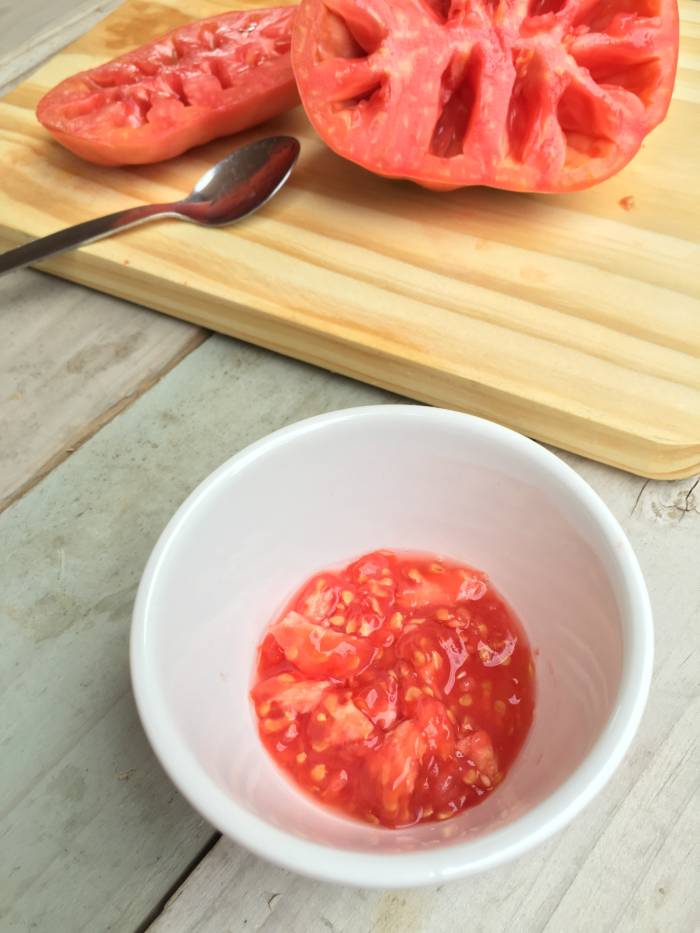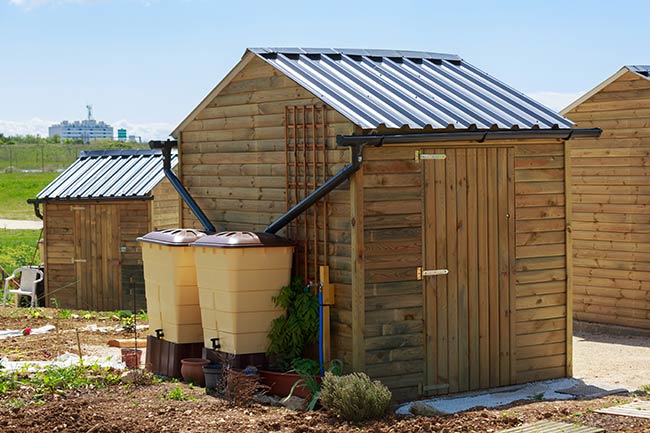8 No-Cost Ways To Grow More Food From Your Garden

Make sure to like Living Green and Frugally on Facebook, Shop at Amazon to help support my site and explore our PINTEREST BOARDS for innovative ways you can become self-sufficient.

2. Composting
Composting is an excellent way to create nutrient-rich soil from kitchen scraps and garden waste. This not only reduces waste but also improves soil fertility, leading to healthier and more productive plants.
How to Compost:
- Collect kitchen scraps (like vegetable peels, coffee grounds, and eggshells) and garden waste (like leaves and grass clippings).
- Create a compost bin or pile in a shaded area.
- Layer organic materials, alternating between green (nitrogen-rich) and brown (carbon-rich) materials.
- Turn the pile regularly to aerate and speed up decomposition.
Compost adds vital nutrients to the soil, enhances its structure, and promotes healthy root development.
3. Crop Rotation
Practicing crop rotation involves changing the location of your plants each season to prevent soil depletion and reduce pest and disease problems.
How to Implement Crop Rotation:
- Divide your garden into sections and group plants with similar nutrient needs.
- Rotate these groups to different sections each year.
- For example, follow heavy feeders like tomatoes with legumes that fix nitrogen in the soil.
This method helps maintain soil fertility and disrupts the life cycles of pests, leading to healthier plants and better yields.
4. Succession Planting
Succession planting involves planting new crops immediately after harvesting the previous ones to maximize the use of space and time in your garden.
How to Practice Succession Planting:
- Plan your garden layout to accommodate quick-growing crops followed by slower-growing ones.
- Plant fast-maturing crops (like radishes or lettuce) early in the season, and follow them with longer-season crops (like beans or squash).
- Use a planting calendar to time your plantings for continuous harvests.
By continually replanting, you can ensure a steady supply of fresh produce throughout the growing season.
5. Intercropping
Intercropping is the practice of growing two or more crops in proximity to each other, allowing you to make better use of available space and resources.
How to Intercrop:
- Pair crops that complement each other, such as beans with corn, or tomatoes with basil.
- Plant taller crops to provide shade for shorter, shade-tolerant crops.
- Use fast-growing crops to fill in spaces between slower-growing ones.
This method maximizes space, reduces weeds, and can enhance soil health by promoting biodiversity.
6. Mulching
Mulching involves covering the soil with organic or inorganic materials to conserve moisture, suppress weeds, and improve soil fertility.
How to Mulch:
- Use organic materials like grass clippings, straw, or shredded leaves.
- Apply a layer of mulch around plants, ensuring it doesn’t touch the stems to prevent rot.
- Replenish mulch as it decomposes to maintain an even layer.
Mulch helps retain soil moisture, reduces the need for watering, and adds nutrients to the soil as it breaks down, contributing to healthier and more productive plants.
7. Collecting Rainwater
Collecting rainwater is an effective way to conserve water and ensure your garden stays hydrated without increasing your water bill.
How to Collect Rainwater:
- Place barrels or large containers under downspouts to catch rainwater from your roof.
- Use a screen to cover the containers and prevent debris and mosquitoes from getting in.
- Use the collected rainwater to water your garden, especially during dry periods.
Rainwater is free of the chemicals found in tap water, making it ideal for your plants and helping to conserve natural resources.
